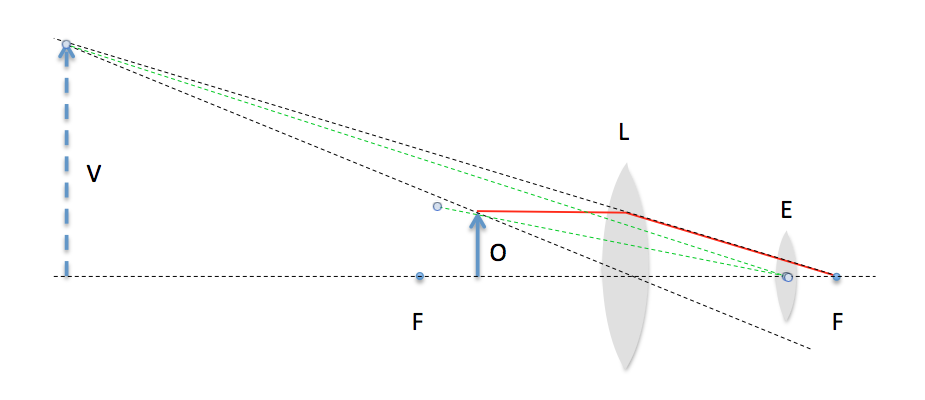NOTE: This is a dynamic question. There is just ONE question that is being asked among the following. So please answer that one only according to given conditions:
(Do mention which question is being answered.)
Q.1 (conditions to answer Q.1.1 or Q.1.2)
What does the human eye perceives (in context to magnification):
A) Lateral magnification
B) Angular magnification
Q.1.1
IF only (A) is correct, then why it becomes difficult to distinguish between a small object placed closer and larger object farther.
Q.1.2
IF only (B) is correct, then why do we see object(placed at appropriate distance) through the lens magnified ? Because the formula of magnification is
$$m=\frac {H_{image}}{H_{object}}=\frac {image-distance}{object-distance}$$
Then we can write,
$$\frac {H_{image}}{image-distance}= \frac {H_{object}}{object-distance}$$
This shows that the angular size of object and image is same. so how we see magnification in lens?

